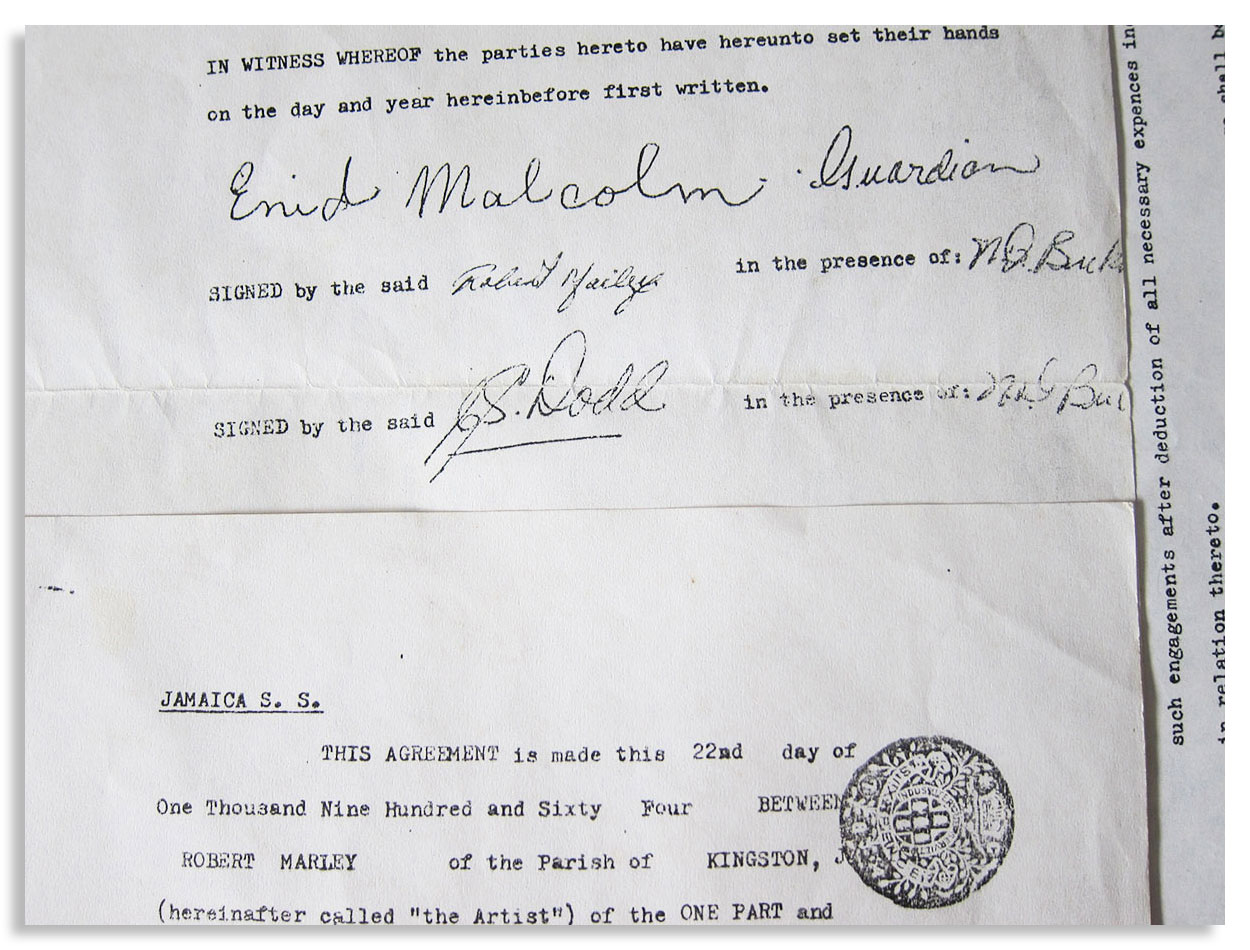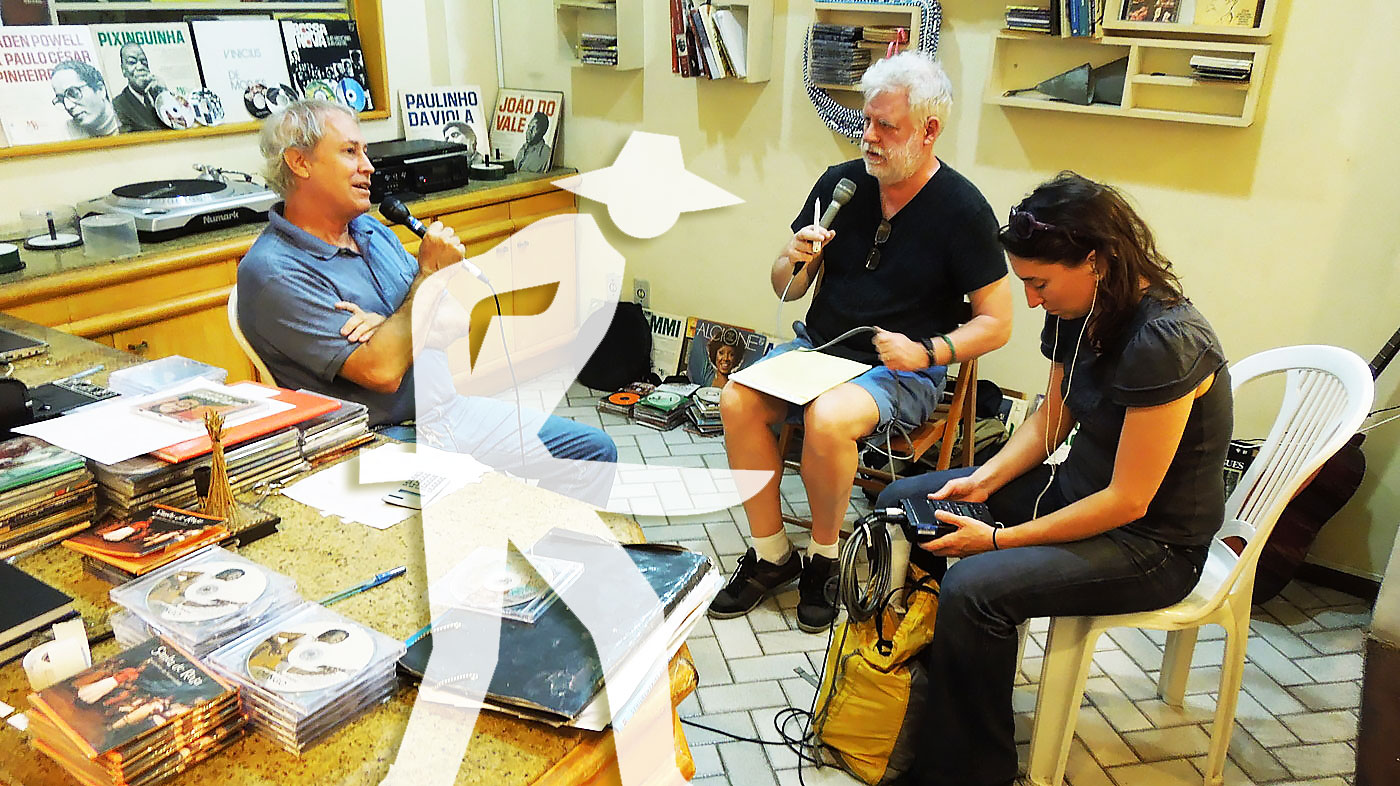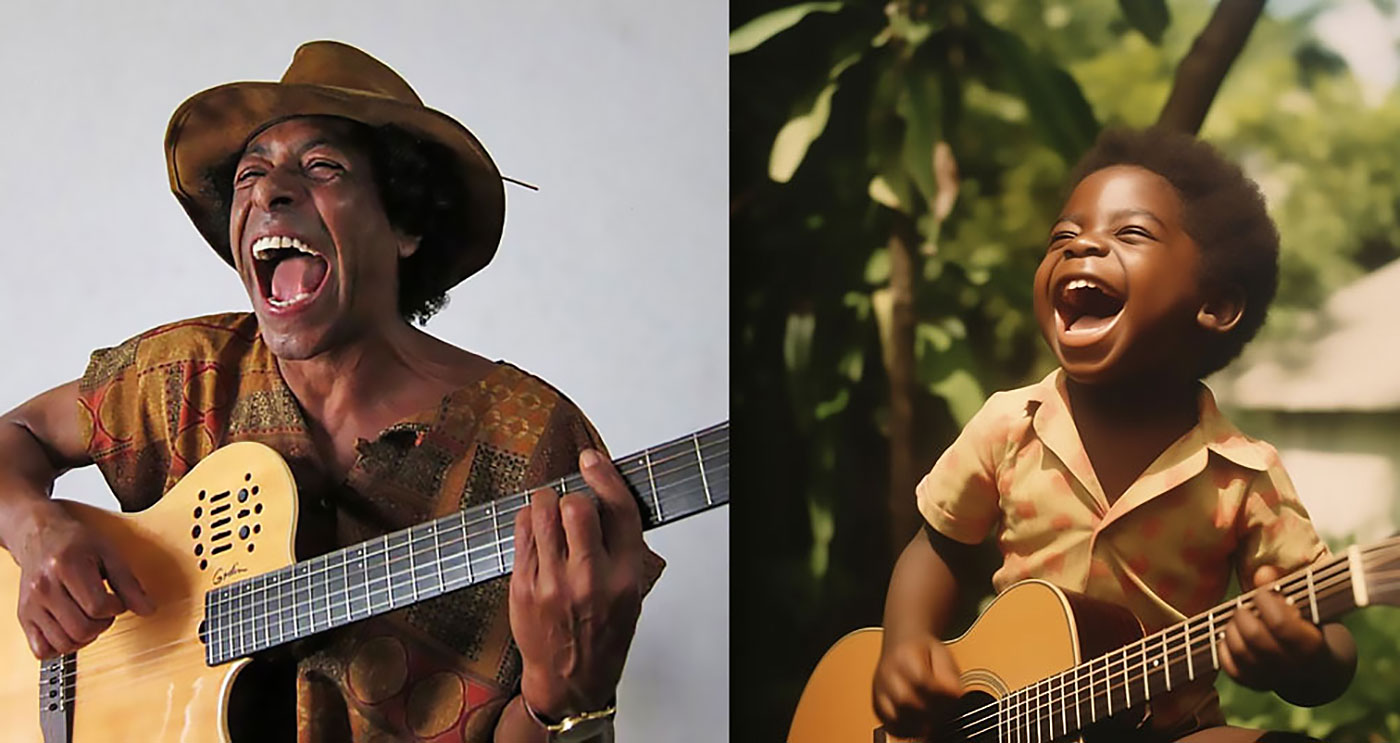CURATION
- from this page: by Augmented Matrix
Network Node
- Name: Steve Lehman
- City/Place: Los Angeles
- Country: United States
- Hometown: New York City
Life & Work
-
Bio:
Described as “a state-of-the-art musical thinker” and a "dazzling saxophonist,” by The New York Times, Steve Lehman (b. New York City, 1978) is a composer, performer, educator, and scholar who works across a broad spectrum of experimental musical idioms. Lehman’s pieces for large orchestra and chamber ensembles have been performed by the International Contemporary Ensemble (ICE), So Percussion, the American Composers Orchestra, the JACK Quartet, the PRISM Saxophone Quartet, and the Talea Ensemble. His recent recording, Mise en Abîme (Pi, 2014) was called the #1 Jazz Album of the year by NPR Music and The Los Angeles Times. And his previous recording, Travail, Transformation & Flow (Pi, 2009), was chosen as the #1 Jazz Album of the year by The New York Times.
The recipient of a 2015 Guggenheim Fellowship and a 2014 Doris Duke Artist Award, Lehman is an alto saxophonist who has performed and recorded nationally and internationally with his own ensembles and with those led by Anthony Braxton, Vijay Iyer, Bennie Maupin, Jason Moran, Georgia-Anne Muldrow, George Lewis, Meshell Ndegeocello, and HPrizm of Antipop Consortium, among many others. His recent electro-acoustic music has focused on the development of computer-driven models for improvisation, based in the Max/MSP programming environment. Lehman’s work has been favorably reviewed in Artforum, Downbeat Magazine, The New York Times, Newsweek, and The Wire, and on National Public Radio, the BBC, and SWR.
As a Fulbright scholar in France during the 2002-2003 academic year, Lehman began researching the reception of African-American experimental composers working in France during the 1970s. His article in the journal Critical Studies in Improvisation, “I Love You with an Asterisk: African-American Experimental Composers and the French Jazz Press, 1970-1980,” is based on his Fulbright research. More recently, Lehman has published writings and presented lectures on a wide range of topics, including jazz pedagogy, rhythm cognition, and European notions of American experimentalism. His current scholarship, including a forthcoming contribution to the Oxford Handbook of Spectral Music, examines the overlapping histories of spectral composition and jazz improvisation.
Lehman received his B.A. (2000) and M.A. in Composition (2002) from Wesleyan University where he studied under Anthony Braxton, Jay Hoggard, and Alvin Lucier, while concurrently working with Jackie McLean at the Hartt School of Music. He received his doctorate with distinction in Music Composition from Columbia University (2012), where his principal teachers included Tristan Murail and George Lewis.
Lehman has taught undergraduate courses at Wesleyan University, the Conservatoire National Supérieur de Musique de Paris, New School University, and Columbia University, and has presented lectures at Amherst College, UC Berkeley, The Berklee School of Music, The Banff Centre, The Royal Academy of Music in London, and IRCAM in Paris, where he was a 2011 research fellow.
He is currently a professor of Music at The California Institute of the Arts, and lives in Los Angeles.
Contact Information
-
Management/Booking:
U.S. Inquiries
Chris Mees
B Natural Management
www.bnatural.nyc
[email protected]
Tel: +1-346-897-8705
European Inquiries
Pascal Pilorget
GiantSteps
www.g-steps.com
[email protected]
Tel: +33 (0)1 8048-8320
Media | Markets
- ▶ Buy My Music: http://stevelehman.bandcamp.com
- ▶ Twitter: thestevelehman
- ▶ Instagram: thestevelehman
- ▶ Website: http://www.stevelehman.com
- ▶ YouTube Channel: http://www.youtube.com/channel/UC_ti4-shPQkaqoJL96LPUpw
- ▶ YouTube Music: http://music.youtube.com/channel/UCFvd4V5xQEM-yC9zF0hcT7g
- ▶ Vimeo Channel: http://vimeo.com/channels/582160
- ▶ Spotify: http://open.spotify.com/album/0FhvMgiAfQwT127ZEXnDQq
- ▶ Spotify 2: http://open.spotify.com/album/3NSSnppqeWo1TU0o50NdZD
- ▶ Spotify 3: http://open.spotify.com/album/3rBhxZgJ03D8grEqzV170w
- ▶ Spotify 4: http://open.spotify.com/album/21qB7JBTgNEE5mExwOxgBo
- ▶ Spotify 5: http://open.spotify.com/album/17npHWvBcaRUwA0TJ5vb3d
More
-
Quotes, Notes & Etc.
“The most exciting music in jazz today.”
- Wall Street Journal
“One of the transforming figures of early 21st-century jazz.”
- The Guardian
“2014's most robust and eventful music.”
- NPR Music
“A quietly dazzling saxophonist”
- New York Times
“Music of genuinely visionary importance, a way forward for the art. ”
- Penguin Guide to Jazz
“The most advanced compositional thinking in jazz today.”
- Philadelphia Weekly
My Instruction
- Lessons/Workshops: Send a message via http://www.stevelehman.com/contact re: private lessons.
Clips (more may be added)
The Matrix is a small world network. Like stars coalescing into a galaxy, creators in the Matrix mathematically gravitate to proximity to all other creators in the Matrix, no matter how far apart in location, fame or society. This gravity is called "the small world phenomenon". Human society is a small world network, wherein over 8 billion human beings average 6 or fewer steps apart. Our brains contain small world networks...
![]() Wolfram MathWorld on the Small World Phenomenon
Wolfram MathWorld on the Small World Phenomenon
![]() Matemática Wolfram sobre o Fenômeno Mundo Pequeno
Matemática Wolfram sobre o Fenômeno Mundo Pequeno
"In a small world, great things are possible."

It's not which pill you take, it's which pathways you take. Pathways originating in the sprawling cultural matrix of Brazil: Indigenous, African, Sephardic and then Ashkenazic, European, Asian... Matrix Ground Zero is the Recôncavo, contouring the Bay of All Saints, earthly center of gravity for the disembarkation of enslaved human beings — and the sublimity they created — presided over by the ineffable Black Rome of Brazil: Salvador da Bahia.
("Black Rome" is an appellation per Caetano Veloso, son of the Recôncavo, via Mãe Aninha of Ilê Axé Opô Afonjá.)
"Dear Sparrow: I am thrilled to receive your email! Thank you for including me in this wonderful matrix."
—Susan Rogers: Personal recording engineer for Prince, inc. "Purple Rain", "Sign o' the Times", "Around the World in a Day"... Director of the Berklee Music Perception and Cognition Laboratory
"Thanks! It looks great!....I didn't write 'Cantaloupe Island' though...Herbie Hancock did! Great Page though, well done! best, Randy"
"We appreciate you including Kamasi in the matrix, Sparrow."
—Banch Abegaze: manager, Kamasi Washington
"This is super impressive work ! Congratulations ! Thanks for including me :)))"
—Clarice Assad: Pianist and composer with works performed by Yo Yo Ma and orchestras around the world
"Dear Sparrow, Many thanks for this – I am touched!"
—Julian Lloyd-Webber: UK's premier cellist; brother of Andrew Lloyd Webber (Evita, Jesus Christ Superstar, Cats, Phantom of the Opera...)
"Thanks, this is a brilliant idea!!"
—Alicia Svigals: World's premier klezmer violinist
Developed here in the Historic Center of Salvador da Bahia ↓ .
![]() Bule Bule (Assis Valente)
Bule Bule (Assis Valente)
"♫ The time has come for these bronzed people to show their value..."
Production: Betão Aguiar
MATRIX MODUS OPERANDI
Recommend somebody and you will appear on that person's page. Somebody recommends you and they will appear on your page.
Both pulled by the inexorable mathematical gravity of the small world phenomenon to within range of everybody inside.
And by logical extension, to within range of all humanity outside as well.
MATRIX (PARDAL)
I'm Pardal here in Brazil (that's "Sparrow" in English). The deep roots of this project are in Manhattan, where Allen Klein (managed the Beatles and The Rolling Stones) called me about royalties for the estate of Sam Cooke... where Jerry Ragovoy (co-wrote Time is On My Side, sung by the Stones; Piece of My Heart, Janis Joplin of course; and Pata Pata, sung by the great Miriam Makeba) called me looking for unpaid royalties... where I did contract and licensing for Carlinhos Brown's participation on Bahia Black with Wayne Shorter and Herbie Hancock...
...where I rescued unpaid royalties for Aretha Franklin (from Atlantic Records), Barbra Streisand (from CBS Records), Led Zeppelin, Mongo Santamaria, Gilberto Gil, Astrud Gilberto, Airto Moreira, Jim Hall, Wah Wah Watson (Melvin Ragin), Ray Barretto, Philip Glass, Clement "Sir Coxsone" Dodd for his interest in Bob Marley compositions, Cat Stevens/Yusuf Islam and others...
...where I worked with Earl "Speedo" Carroll of the Cadillacs (who went from doo-wopping as a kid on Harlem streetcorners to top of the charts to working as a janitor at P.S. 87 in Manhattan without ever losing what it was that made him special in the first place), and with Jake and Zeke Carey of The Flamingos (I Only Have Eyes for You)... stuff like that.

Yeah this is Bob's first record contract, made with Clement "Sir Coxsone" Dodd of Studio One and co-signed by his aunt because he was under 21. I took it to Black Rock to argue with CBS' lawyers about the royalties they didn't want to pay (they paid).
MATRIX MUSICAL
I built the Matrix below (I'm below left, with David Dye & Kim Junod for U.S. National Public Radio) among some of the world's most powerfully moving music, some of it made by people barely known beyond village borders. Or in the case of Sodré, his anthem A MASSA — a paean to Brazil's poor ("our pain is the pain of a timid boy, a calf stepped on...") — having blasted from every radio between the Amazon and Brazil's industrial south, before he was silenced. The Matrix started with Sodré, with João do Boi, with Roberto Mendes, with Bule Bule, with Roque Ferreira... music rooted in the sugarcane plantations of Bahia. Hence our logo (a cane cutter).
A Massa (do povo carente) / The Masses (of people in need)

-
Add to my PlaylistA Massa - Raymundo Sodré (7,093 plays)
-
Add to my PlaylistSina de Cantador - Raymundo So... (6,909 plays)
-
Add to my PlaylistMagnetismo - Raymundo Sodré ... (6,353 plays)
-
Add to my PlaylistSacando a Cana - Raymundo Sodr... (5,957 plays)
-
Add to my PlaylistMêrêrê - Raymundo Sodré (5,465 plays)
-
Add to my PlaylistJardim do Amor - Raymundo Sodr... (4,677 plays)
-
Add to my PlaylistDebaixo do Céu - Raymundo Sodr... (4,151 plays)
-
Add to my PlaylistDesejo de Amar - Raymundo Sodr... (3,861 plays)
-
Add to my PlaylistOração pra Yá Oxum - Raymundo ... (3,741 plays)
-
Add to my PlaylistYá África - Raymundo Sodré (3,509 plays)
-
Add to my PlaylistMeu Rio, Cadê o Papel - Raymun... (3,177 plays)
-
Add to my PlaylistCasa de Trois - Raymundo Sodré... (2,896 plays)
-
Add to my PlaylistMulher é Laço que Prende o Coração do Vaqueiro - R... (2,556 plays)



















































































































































































































































































































































































































































































